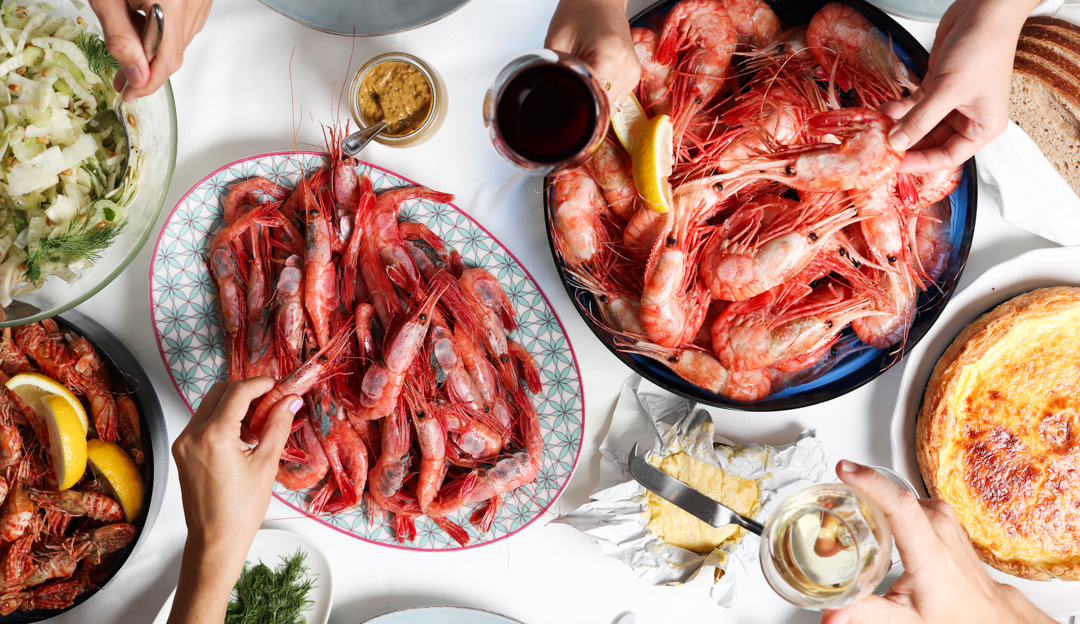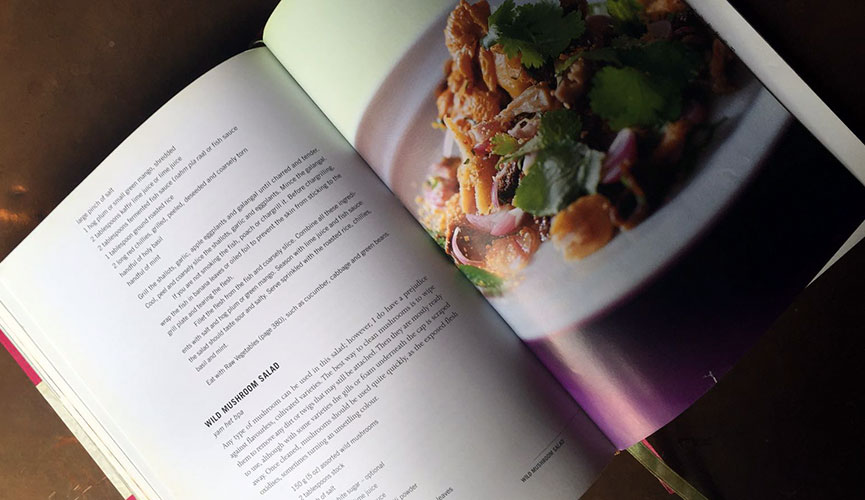Where does chocolate come from?
The question never occurred to me until I visited Raaka Chocolate’s factory in Brooklyn, New York over Fourth of July last year. Watching cocoa beans embark on their journey of becoming chocolate is pure alchemy. Cocoa beans are winnowed to separate husk from nib, ground to form the beginnings of a chocolate mass, sometimes milled or conched for a smoother texture, tempered and finally cast into moulds to make the bar you know as chocolate.

Enter bean-to-bar chocolate, a growing movement of makers who procure raw cocoa beans to process into chocolate bars in-house. The key idea behind bean-to-bar chocolate is that cocoa beans have unique flavours and characteristics that the chocolate maker, much like the vintner or coffee roaster, has to interpret and put his or her own spin on. There is often an ethical consumption sensibility, in all its flaws and aspirations, about bean-to-bar chocolate. It strives for organic or organic-like standards, with an emphasis on going back to the source and paying cocoa farmers a fair wage. Call it Chocolate 2.0 if you will – like the sweet treats from your childhood, but all grown up.
Flavour Notes will be a series of articles exploring fine flavours from around the world, starting with bean-to-bar chocolate. Join us as we make notes on taste and flavour, while highlighting the taste makers and their unique stories.
For Round 1 of our bean-to-bar series, we sat down with the founders of Ordinary People to taste bars from three award-winning makers: Pacari’s Tangara 70%, Akesson’s Bali 75%, and Pralus’s Sao Tomé 75%.
Thank you so much, hello chocolate for recommending and providing these bars for tasting!
It is also important to note how to taste chocolate to achieve maximum flavour profiles. Take a look at “How to Taste Chocolate” at the very end of this article.

Pacari Tangara – 70% Limited Edition
Ecuadorian chocolate maker Pacari is a family-owned business and one of the few who produce their chocolate where the cacao is grown. With the name Pacari meaning “nature” in Quechua, Pacari emphasises organic and biodynamic production methods to maintain the health of the cacao growing ecosystem. Interestingly, Pacari uses local ingredients to make unique flavoured bars and is well-noted for its raw chocolate. The Tangara bar is a single-region chocolate made from Ecuadorian cacao. www.pacarichocolate.com
Tasting notes:
Kristin: This one’s for the purist – a refreshingly deep, bitter cacao flavour from the get-go, with a sensation of damp earth and hint of almond skin. Mildly astringent finish.
Angela: A plain, “basic” bar with slow melt and a hint of dirt (not in a bad way). On second taste, the fruity flavours were released, blending with earthy qualities and ending with a super dry finish. (The “dry” sensation is described as astringency.)
Anna: Not too sweet with an earthy flavour and a liquorice taste that came through towards the end and lingered till after the chocolate had melted away. Strong astringency and a slow melt. I didn’t feel guilty eating the Pacari as these qualities made it feel like a healthier kind of chocolate.
Sarah: I found this to be bitter, astringent and generally hard work. Quite a strong and dry dark chocolate with a fusty taste but I’d definitely like to eat it with sweet, fresh berries or goji to cut the bitterness.

Akesson’s Bali Sukrama Farms – 75% Trinitario
Bertil Akesson’s father was a Swedish diplomat whose work brought him around the world before he settled in Madagascar in the 1970s. There, Bertil grew up on his family estates where he learnt to manage plantations, eventually focusing on fine cocoa and spices. Today, Akesson’s plantations in Madagascar, Brazil and Indonesia are known for their quality and sustainable harvests. In addition to making chocolate from their plantations, they also supply to fellow chocolate-makers and chefs. The Bali bar is made from trinitario cocoa beans grown on the property of the Sukrama family in the Western region of Bali. www.akessons-organic.com
Tasting notes:
Kristin: A beautifully punchy bar leaves a deep first impression of cereal – good old fashioned cornflakes with milk – blooming into a dark caramel and hazelnuts. A savoury finish that leaves you wanting more.
Angela: Distinctively nutty, this bar smelt deeply of fruit and smoke swirling. It was smooth… super smooth, coating the mouth quickly with a sexy, sweeter quality and finishing clean. A bar like this reminds me that life is good and I am in love!
Anna: An obvious nutty and cereal flavour came through on the Akesson’s as soon as I bit into it. It had a smooth and velvety melt, which was at a more familiar rate to what I am used to with chocolate. Sweeter than the Pacari but not overly so. A definite favourite amongst the group.
Sarah: Soft and caramel-like in taste, this was super moorish and the easiest to eat. Despite being a ‘dark’ chocolate I found it had a creamy texture with an immediate hint of cereal on the tongue followed by fruit and nut undertones. I’m a big dark chocolate fan and this was definitely my favourite.

Francois Pralus Sao Tomé & Principe (75%)
Founded in 1948, Pralus Chocolate has had a long and storied history as a patisserie in France. Auguste Pralus captured hearts with his signature Praluline – a rich brioche flavoured with praline pieces, earning the coveted title of Meilleur Ouvrier de France. His son, François Pralus, began making his own chocolate from cocoa beans and today sources from fine cocoa plantations around the world. The Sao Tomé bar is created from cacao grown in São Tomé and Príncipe, an island country in Africa with an equatorial climate, off the coast of Gabon. www.chocolats-pralus.com
Tasting notes:
Kristin: Lusciously melt-in-your-mouth, this bar opens with a wee bit of minerality that quickly gives way to a core of rich spice, with notes of cinnamon and clove that build up to a sweet, smokey finish.
Angela: A softer bar that melted slowly. I felt it as dark and brooding, perfect for a rainy day when you are in a melancholy mood. It finishes off with a mild, dry sensation and an alluring spicy scent.
Anna: Dark and smooth with a satisfying melt and an almost sharp or acidic sensation on the tip and further back at the sides of the tongue.
Sarah: This chocolate for me was a ‘medium’ melt with smokey tones to it. Not difficult to eat, but not smooth and caramel, it had a typically dry and bitter taste as you would expect from a good dark chocolate.

HOW TO TASTE CHOCOLATE
Think of chocolate tasting as an opening up of flavour with a gradual application of heat. If chilled, let the bar sit at room temperature for a good ten to fifteen minutes. A colder bar melts in your mouth less readily, and releases fewer aromatic compounds.
Break off a small piece of chocolate from the bar, and start by smelling it, cupping your hand over your nose if you like.
Take a bite and let it melt on your mouth, pressing it against your palate to slowly intensify the flavours. First, note the mouthfeel and texture of the chocolate. Is it coarse or smooth, slow or quick to melt? Next, consider the flavours and aromas you experience as the chocolate melts and opens up. Does it taste sweet, salty, bitter, acidic, umami or astringent? What are flavour notes you pick up in the initial, middle and later stages? Chocolate could be characterised as floral, fruity, spicy, nutty, earthy or woody, just to name a few.
Finally, note the finish of the chocolate. Does it leave a lingering aroma on your palate, or a clean finish?
Take another bite or two and repeat the process; you might find yourself discovering new notes the second or third time around.
For further information:
hello chocolate
Hello Chocolate Kiosk – Pedders on Scotts, Scotts Square, 6, Scotts Road, Level 2, Singapore, 228209.
Redmart: hello-chocolates
Facebook: HelloChocolate.Asia
Instagram: hellochocolateasia
This post was originally published on ordinarypeople.ink and may have been edited for this platform.




